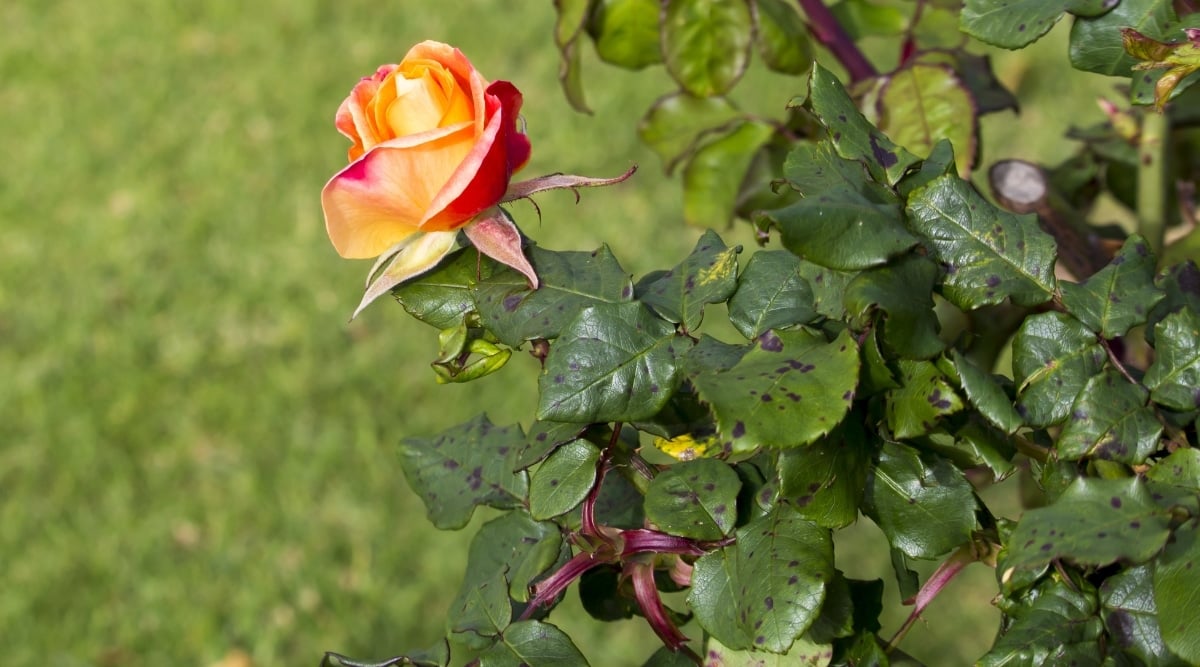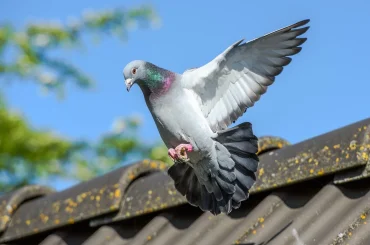Table of Contents
The rose is a flower with beauty that transcends ages. Along with its legendary aesthetics, the plant requires a lot of care. Not everyone can provide the right TLC that they require. And in turn, the plant gets riddled with diseases, some air bone, other soil or water bourne. The diseased plant will naturally get weaker and yield sickly roses or sometimes won’t flower at all.
One such disease that is capable of making the rose plant very vulnerable is Black spots. Without a homemade remedy for black spots on roses, the fungus can affect the entire population in a matter of months. Black spot disease will also make your plant lose its cold hardiness, making it susceptible to winter death.
In this article, we discuss whether this terrible disease, along with the others, is spread through soil.
Does Black Spot Stay Active in the Soil?
Black Sot fungal disease is a problem that often seems uncontrollable. But by knowing how it spreads, you can keep your garden safe. Despite popular belief, this fungal disease does not propagate through the soil. It is spread by rain, overhead watering, and splashing water on unaffected leaves. Black spots cannot survive in the soil at all.
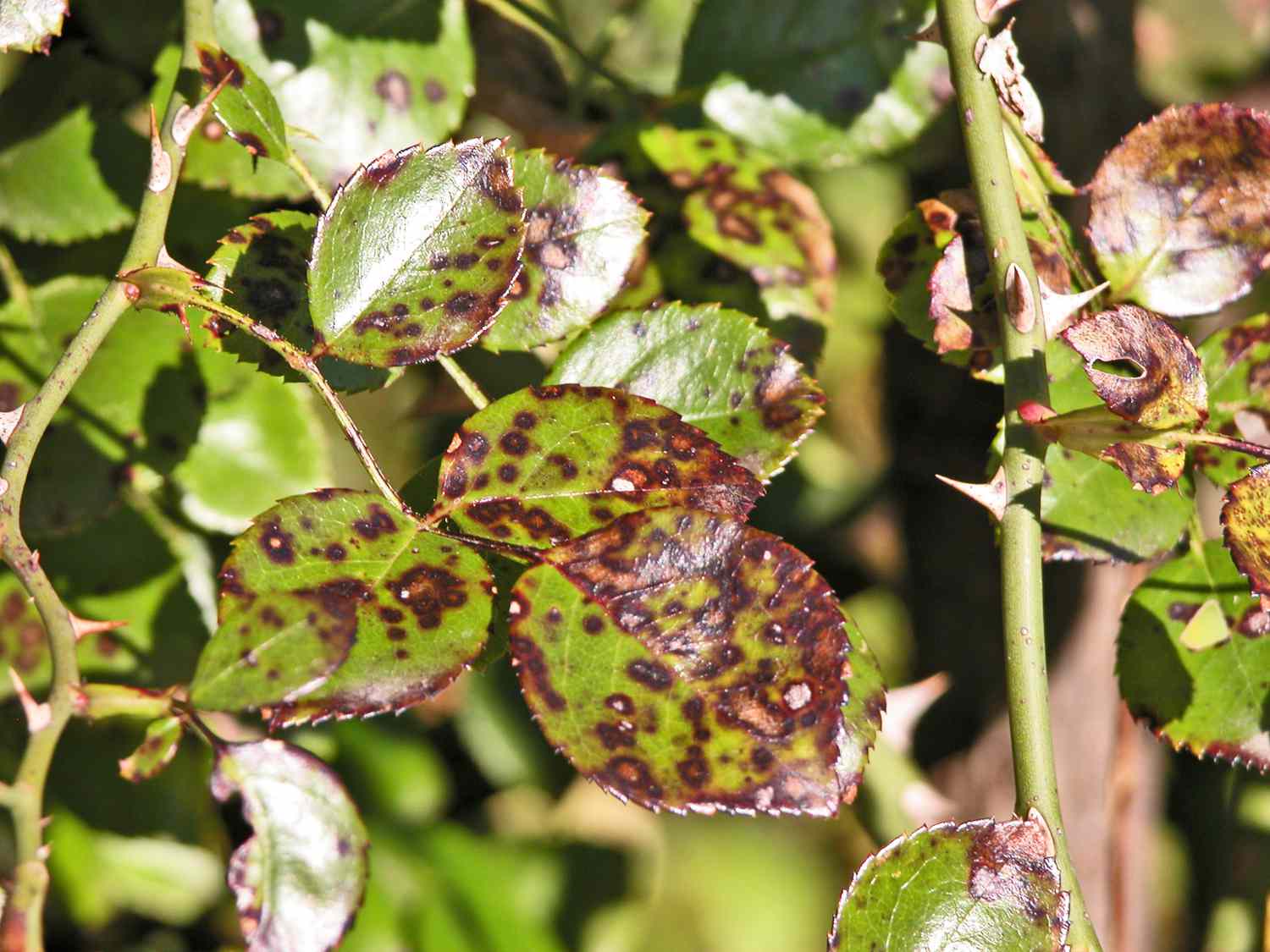
Black spots are also spread by using unwashed gardening tools. But even on those surfaces, it doesn’t live longer than a month. If your region has mild climates year-long, the disease may remain active throughout. But it overwinters on the dead leaves that fall to the ground. This probably gave the impression that the soil can lead to black spot disease in new leaves.
Some Soil-Bourne Pathogens that Affect the Rose Plant
Even though the fungal infection Black Spots doesn’t remain in the soil, many pathogens do. These cells remain in the soil for years, affecting each new batch of roses no matter how much fungicide you use. Here are some of the most common soil-bourne infections-
1. Root Rot
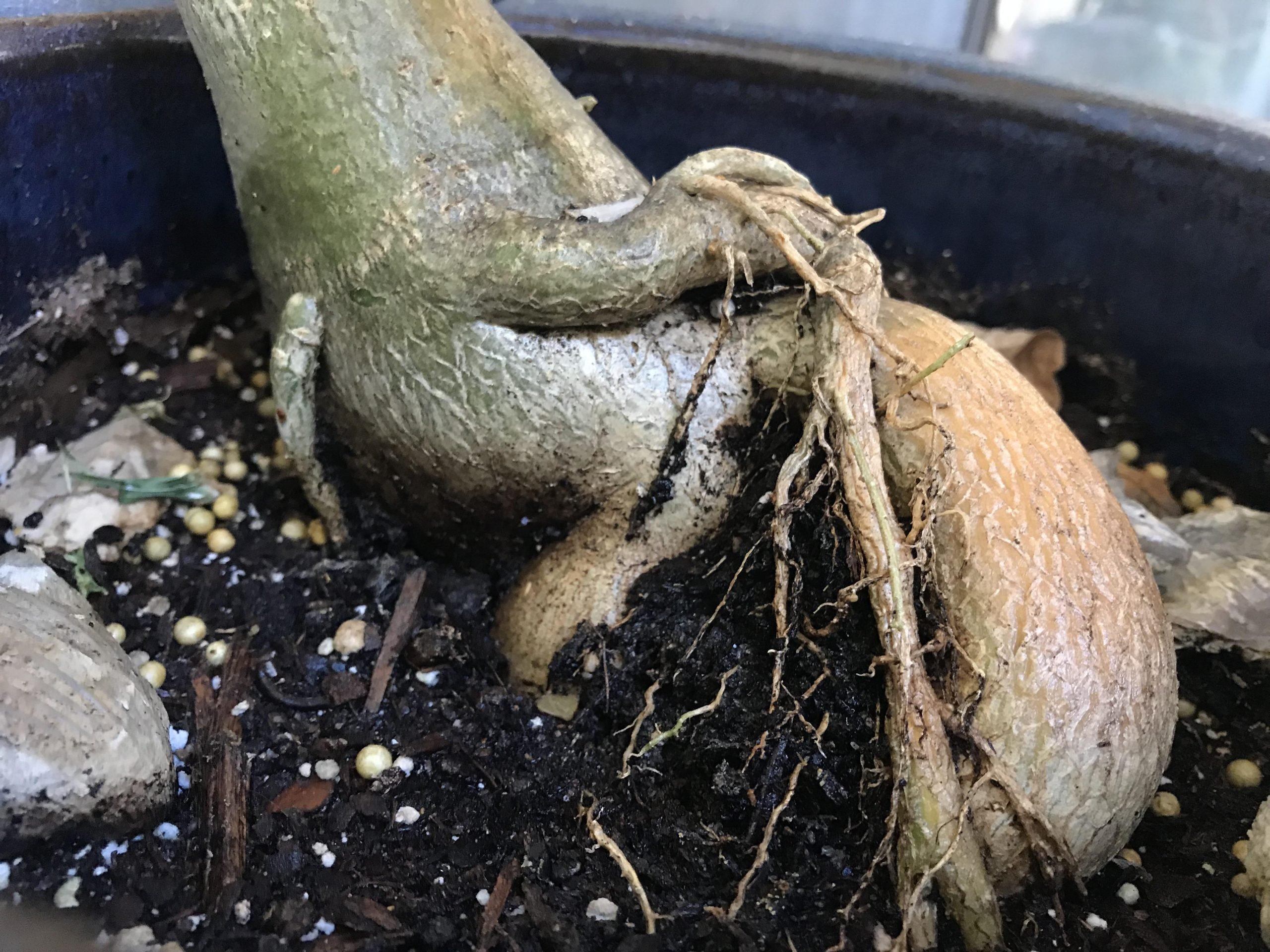
One of the most common ways your rose plant can start getting sick is root rot. This disease can occur due to a variety of pathogens, but the result is the same. The fungal infection grows to such a level that it might even kill the plant. The Phytophthora species of fungi is the main soil-bourne fungus that can stunt a rose’s growth.
2. Verticillium Wilt
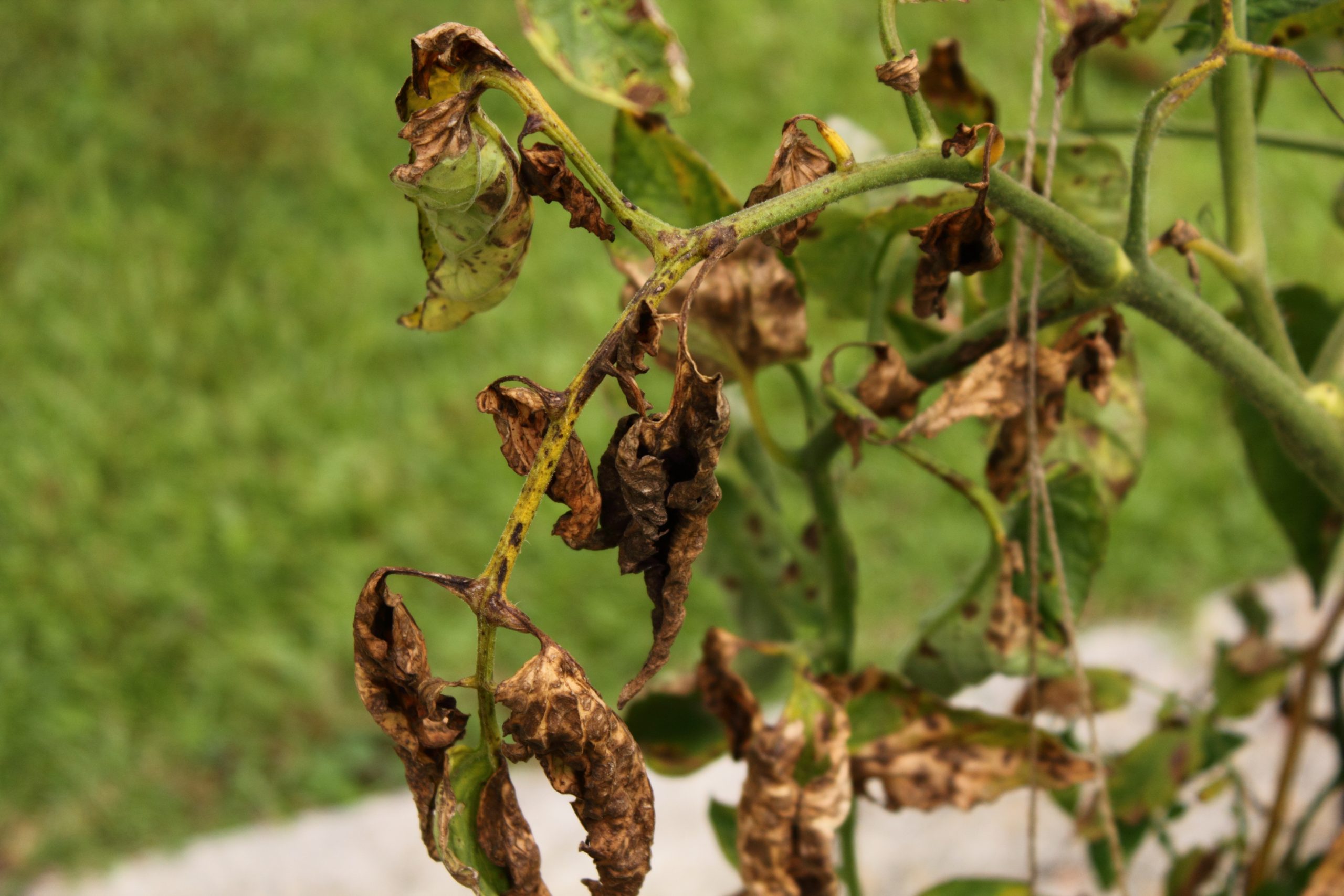
This soil-bourne disease is one of the most infectious and widespread infections among different plants. The problems are caused by the fungi Verticillium dahliae, as it plugs the water connecting tissue through the roots. The worst thing is their structure can remain in the soil for years, even when the ground is empty. The use of resistant cultivars is the only protection against this disease.
3. Crown Gall
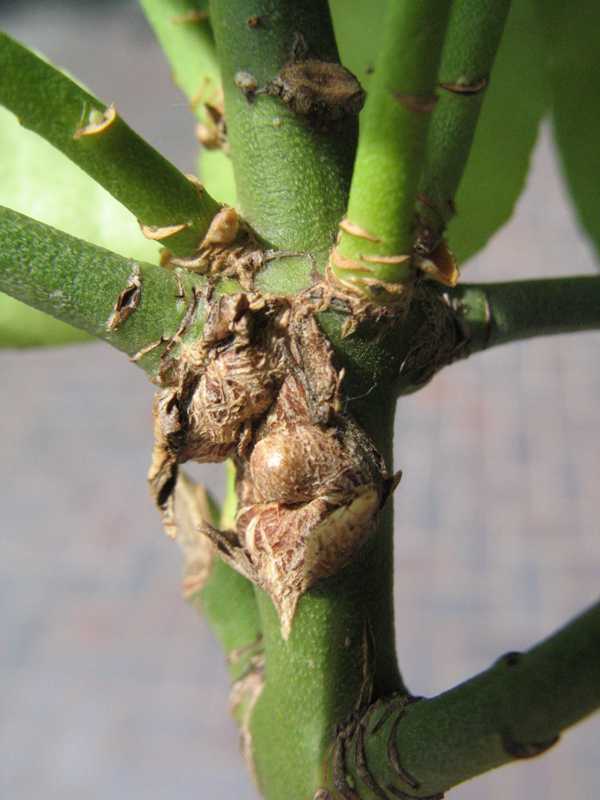
This disease is not caused by a fungus. Rather a bacteria is responsible for it. The pathogen Agrobacterium tumefaciens presents itself in small, round, green swelling around the crown of the plant. This soil-bourne disease weakens the plant and stunts its growth. The leaves start losing their color, with branches wilting and ultimately dying.
How to Manage the Soil in Case of Black Spots
In case you were scared of the soil while planting new rose plants in your garden, there are a few tips to follow. These preventive measures help gardens prevent black spots from jumping from plant to plant.
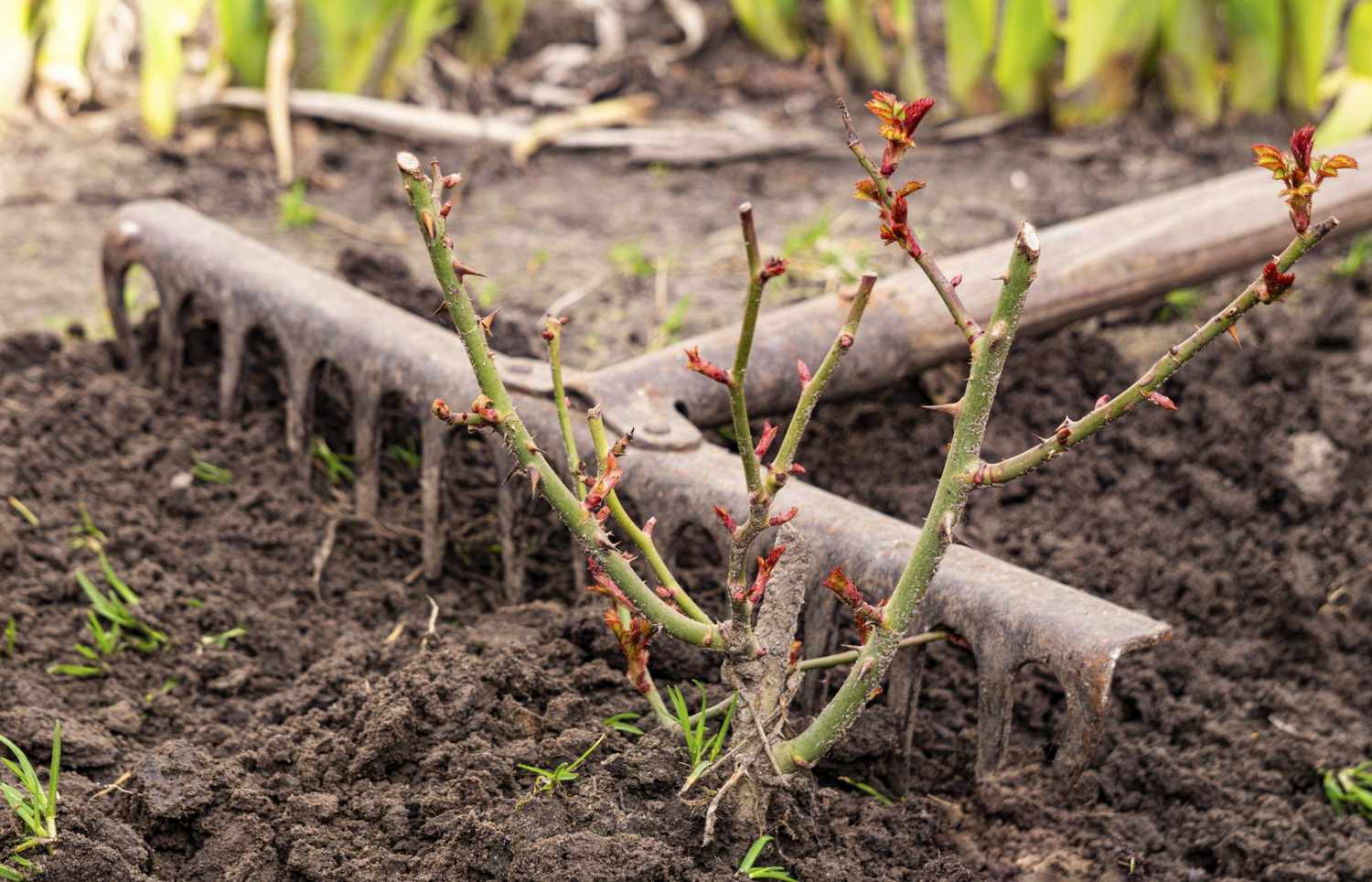
- Choose The Right Position: while planting new plants, see if the position previously had any problems. If the last rose bush in the same position had black stops, it may be because of many reasons. But if you have cleared away the dead leaves, then the new plant would be perfectly safe.
- Water The Bush Carefully: As we know, the fungal infection black spots travel via water and air. So, it is necessary to keep an eye out on how much water the new plant gets. If your garden already has infected rose bushes, avoid overhead watering. This will cause splashes nearby and help spread the fungus. Instead, focus on the roots. The soil will soak up the water and nourish the plant without any risk.
- Prep The Soil Before Planting: If you are planting new roses in place of dead ones, the soil needs to be thoroughly prepped. Along with good drainage, you should also see to adding well-composted, organic matter. This practice also improves the overall quality of the soil.
Bottom Line!
Black Spots are a disease that can affect your entire rose garden. The nasty way they work will leave every plant sick and dying. The flowers, too, will start disappearing or start looking wilted. But the best thing about this fungal infection is that it is not soil bourne. You can remove a dead plant and plant a new one in the same soil without fearing the return of those spots.
But there are certain preventive measures that you have to take to ensure proper growth. The dead leaves need to be moved without a trace for the plant to grow healthy. And you should also look out for the other soil-bourne diseases your garden might have.
Let us know how you keep your garden safe in the comments below!

